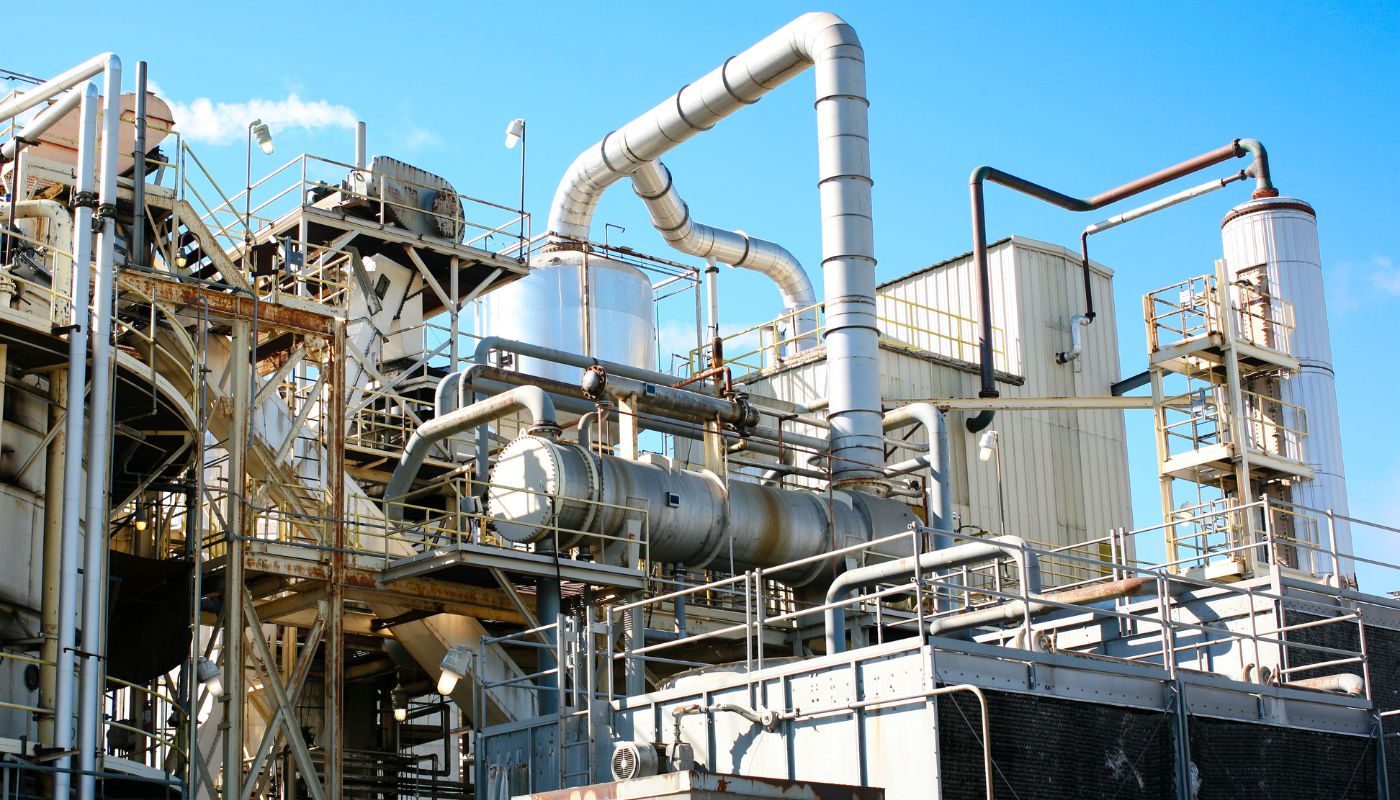What Are Manufacturing Execution Systems (MES)?
Did you know that manufacturers have their own specific types of software systems? Manufacturing Execution Systems (MES) are one type of software...
3 min read
![]() The InCentrik Team
Oct 28, 2022 11:22:36 AM
The InCentrik Team
Oct 28, 2022 11:22:36 AM

In many asset-intensive businesses, plant shutdowns are unavoidable and routine. Assets wear over time, procedures go sour, and you must shut down to repair or replace those assets on a regular basis.
Coordinating operations, maintenance, and logistics for regular plant operation is complicated enough, but scheduling and organizing a shutdown may also be one of the most difficult tasks that asset owners face. It's typically expensive, time-consuming, and resource exhaustive, which can have a significant impact on your bottom line.
In this blog, we'll go through the five phases of a turnaround project, as well as the problems that come with each one. The more aware you are about the road ahead and the challenges you will face, the better prepared you'll be to avoid pitfalls and succeed in your turnaround efforts.
Before we get into solutions, it's worth taking a look at the most typical issues that operations face throughout the turnaround process. To make things easier, we've divided the process into five phases, with an explanation of each phase and recurring difficulties that tend to arise during each stage.
The initial phase of a turnaround is the scoping phase. Scoping a shutdown is one of the most critical steps in the process as this phase allows asset owners to set expectations and limitations of an asset shutdown. Scoping is when asset owners determine the appropriate resources to complete the shut down, including the cost of materials, available labor, material lead time, and time required to complete the shutdown work. Understanding and defining boundaries are critical to the success of any shut down.
During scoping, it is important to maintain a high-level view, but it is also necessary to thoroughly review all aspects of the shutdown down to individual pieces of equipment that may be involved so that asset owners have a deep understanding of exactly what work needs to be done.
This might include conducting due diligence and creating a preparation plan that details cost estimates, schedules, work lists, permits, constraints, and resources required to carry out the turnaround in its entirety.
Once the scope is established, it's time to start prepping. Preparation is the most time-consuming stage of the recovery, lasting anything from 6 to 18 months. During this period, asset owners utilize the data gathered during the scoping phase to conduct thorough planning, and coordination for the shut. Updating engineering data, creating work orders, and engaging in pre-job activities are all a part of this process.
In a nutshell, it is all the tasks that must be completed to ensure a successful turnaround execution. The more time put into planning ahead of time, the better prepared asset owners will be when it's time to execute.
After the plant is shut down, the execution phase begins, including the completion of work orders, contractor mobilization, and field personnel mobilization. This stage can take anywhere between 1-14 days to finish, but it might take much longer depending on the nature of the project.
There are no second-guesses during execution. Because phase two prepared you for everything that might happen, asset owners know precisely what has to be done and do not become sidetracked by anything unexpected or undesirable.
Following each procedure during the execution phase, a test and validation must be performed to determine whether the asset is ready to resume operation. The aim is that assets should be in as good, if not better, condition than when the turnaround began.
This is the phase when the necessary work required in the turnaround has been successfully completed. Start-up normally takes less than a day. Work inspections are conducted where operations personnel, maintenance, and third-party participants assess the readiness of equipment and unit operations to resume production.
Despite the fact that it may appear as if the bulk of the work has been completed at this stage, the start-up phase is frequently marked by difficulties. Many of the accidents occur during this period, and some of them can be classified as major incidents.
It is critical that asset owners focus on following the appropriate start-up protocols to protect personnel safety and prevent any equipment damage that might incur should start-up be conducted incorrectly.
For most operations, there also exists a review phase that takes place over the couple of weeks following the shutdown. The review process includes reporting on the shutdown procedure as a whole, as well as system performance evaluation and debriefing. Is the system functioning properly? Has anything been learned from the effort? This is when asset owners should respond to these questions and hopefully improve your turnaround process for next time.
During the review stage, primary concerns include missing data and unmeasurable KPIs. It may be discovered at this point, for example, that all the information needed to conduct an evaluation correctly is not readily available, and more data must be collected.
These are the types of questions that should be answered during the review process.
Shape the Factory of the Future!
Through cross-sectoral partnerships, InCentrik can develop and navigate your digital roadmap. We align your business needs with the right technology to build the perfect solution for maximizing operational efficiencies.
![]() Leading the digital transformation in the manufacturing industry. We bring our customers value through automation, integration, data management, and business intelligence. We bridge the gap between what really goes on in your plant and the decision-making power you hold as an executive.
Leading the digital transformation in the manufacturing industry. We bring our customers value through automation, integration, data management, and business intelligence. We bridge the gap between what really goes on in your plant and the decision-making power you hold as an executive.
At InCentrik we automate our customers process systems, manage our customer's data (from any data source), make data available to everyone, and we bring business intelligence to the data in order for our customers to work more efficiently. Checkout our Smart Apps including the Crisis Communication App, SmartHub and SmartHub Apps OEE, Shift, PI, Rounds, and Permits.

Did you know that manufacturers have their own specific types of software systems? Manufacturing Execution Systems (MES) are one type of software...

Are you looking to transform into the digital world and integrate your digital transformation roadmap? Wondering where to begin? Here are five steps...

Connect with your industrial community and colleagues at the AVEVA World Partner & Product Expo. Engage with experts, deepen your technical...